
The Indirect heating steam dryer simply put is a drying equipment that transfers heat to the material through the stainless steel steam pipe. It consists of a shell and hundres of steam pipe, The interior of the shell contains concentric rows of steam tubes evenly distributed at an angle of 65 degrees. The shell is inclined at a 2.5 degrees, supported by two riding ring and four support roller trunnions, the whole device is held at a tight position by hydraulic thrust roller that is able to adjust the position along the longitudinal axis. As we all know, standard dryer uses direct burning mechanism, However, for some chemical raw material for certain industrial application, high temperature will destroy the organic ingredients, and impurities such as dust, sulfide, nitrogen oxides in the combustion exhaust gas will mix into the material, so an indirect dryer is needed to maintain the purity of the product. Typically applications for steam tube dryer are pharmaceutical raw materials and intermediates, fine chemicals, polymers, special ceramic raw materials.
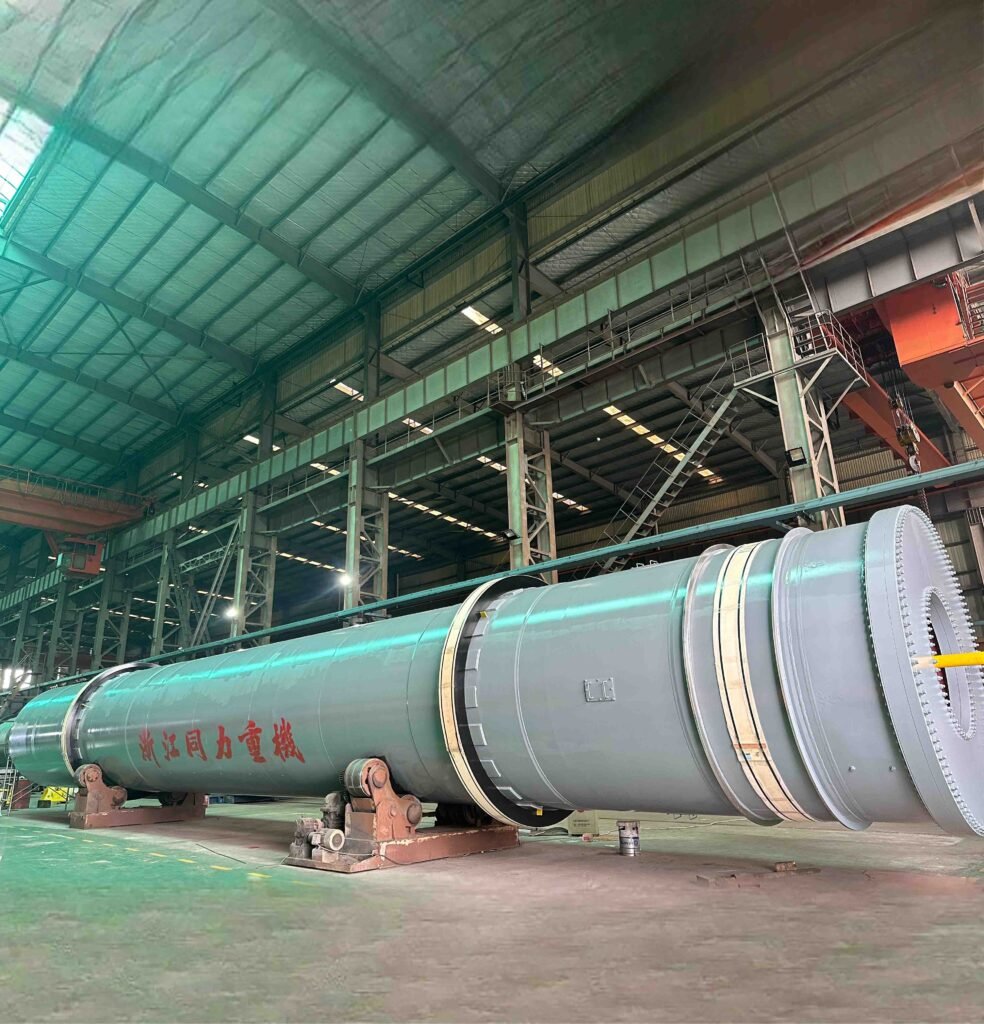
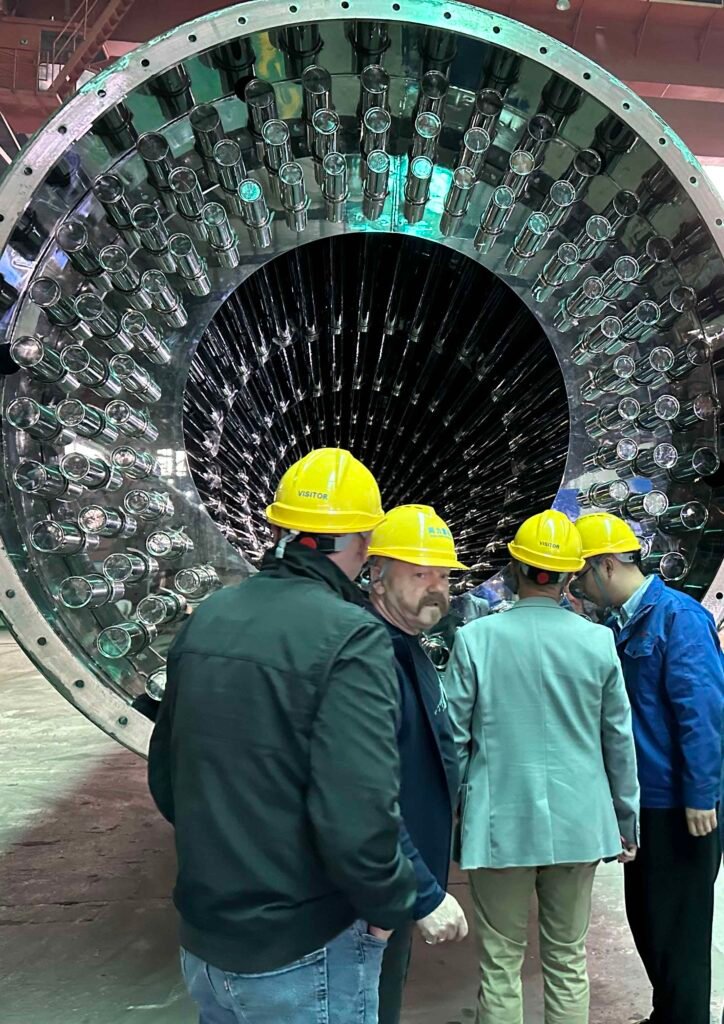
The ideally choice for drying high quality requirement material.
A MACHINE YOU CAN DEPEND ON!
Steam tube drying equipment has three advantages: double-return stainless steel tubes ensure the purity of materials; low speed and light tumbling make the equipment have a long life and low operating cost; precise temperature control is suitable for heat-sensitive materials.
The steam tube dryer has a double-return design with double-layer stainless steel pipes. The steam circulates and heats in the interlayer. The material only contacts with the outer part of the pipe without direct contact with the heat source like flame and hot air. This has greatly prevent pollutants such as dust, sulfides, and nitrogen oxides produced by fuel combustion from the finished product. And at the same time prevent metal ions Fe²⁺, Cu²⁺ from migrating from the heat source side to the material.
When the steam dryer is running, the material gently rolls in the tube rotating with the shell by gravity, and the required friction is only 1/5~1/3 of that of the fluidized bed dryer, about 0.1~0.3N・m/kg of material. The inner wall of the cylinder is mirror-finished, and the low-speed rotation of 5~15r/min further reduces mechanical wear. The life of key components such as bearings and seals can reach 8~10 years, which is 1.5~2 times that of hot air rotary dryers.
Steam pressure inside the dryer can be adjusted within the range 0.1~1.0MPa, Temperature can be adjusted from 100~180℃. Compared with the traditional ±5℃ fluctuation range of the traditional dryer this is a big difference. For materials with a melting point below 150℃, such as melamine, the steam tube dryer can operate stably in the low temperature range of 30~80℃ to avoid material denaturation caused by high temperature.
| Model | Capacity (t/d) | Heat Exchange Area (m²) | Drying Temperature (°C) | Initial Moisture (%) | Final Moisture (%) | Number of Steam Tubes | Power (kW) | Weight (t) |
| ZJTL 2.5×20m | 134 | 225 | 110–180 | 35–50 | 12–15 | 1–2 concentric rows | 30 | 90 |
| ZJTL 2.8×20m | 164 | 265 | 110–180 | 35–50 | 12–15 | 2 concentric rows | 37 | 105 |
| ZJTL 3.0×25m | 188 | 445 | 110–180 | 35–50 | 12–15 | 2–3 concentric rows | 55 | 120 |
| ZJTL 3.2×25m | 225 | 485 | 100–170 | 35–50 | 12–15 | 3 concentric rows | 132 | 135 |
| ZJTL 3.5×25m | 250 | 850 | 100–170 | 35–50 | 12–15 | 3–4 concentric rows | 160 | 175 |
| ZJTL 4.0×30m | 305 | 1250 | 100–170 | 35–50 | 12–15 | 4 concentric rows | 200 | 230 |
The working principle of the steam tube dryer is to use steam through the pipe to achieve indirect drying of the material. The material enters the drying chamber from the central opening at the hood cover of the drum, and moves slowly to the discharging side along the slightly inclined rotating drum by gravity. Among them, the product stacking height is precisely controlled by the overflow height on the discharge side to ensure the stability of the drying process.
The steam tube dryer adopts the principle of rotating shell and tube heat exchanger. When working, the medium-pressure saturated steam enters the manifold through the rotating steam joint, and then flows to multiple heat transfer tubes. Its nominal pressure is usually 100-135 psig. Under the special working conditions of processing granular solid materials, the pressure can reach up to 455 psig, corresponding to a temperature of 260°C.
The heating medium can be steam, hot water, heat transfer oil and other options. After entering the equipment from the discharge side, it is evenly distributed to each heat transfer tube in the central chamber. Because the material layer outside the tube continues to roll during the rotation of the drum, the heat transfer efficiency is greatly improved. The air in the saturated steam will automatically gather and discharge in the annular pipe on the product inlet side to ensure the heat transfer effect. After the energy transfer is completed, the heating medium flows back to the boiler through an independent loop for recycling.
Many materials are suitable for processing in a steam tube rotary dryer, but six are among the most commonly used: melamine, HDPE (high-density polyethylene), soybeans, powdered products, minerals, and dried distillers grains (DDGS).
Other typical applications include polycarbonate (PC), purified terephthalic acid (PTA), isophthalic acid (PIA), polyphenylene ether (PPE/PPO), copper concentrate, lead concentrate, sulfur concentrate, pulps, fibres, seeds, sludges, soils, filter cakes, intermediate and basic chemicals, and various types of minerals.
Steam tube dryers are particularly effective for drying heat-sensitive, fine, or sticky materials that benefit from indirect heating to maintain product quality and avoid contamination.
Yes, it is worth it, steam dryer is one of the most efficient of all the dryers. The heat loss of the steam tube dryer is extremely small, which significantly reduces fuel consumption. And because it only uses water vapor, the air pollution of the steam tube dryer is much smaller than that of the traditional direct burning dryer.
The thermodynamic core of the steam tube dryer is the steam/condensate manifold chamber (industry term for it is the "steam box") located at the product discharge end. The unit adopts an annular multi-channel structure design, and uses variable diameter diversion technology to evenly distribute 0.7-1.0MPa saturated steam to the 316L stainless steel tube array (single tube inner diameter φ57mm, wall thickness 3.5mm).
During the heat transfer process, the steam flows in the tube in a laminar state, and transfers 2700kJ/kg of latent heat of vaporization to the countercurrent moving material outside the tube through a comprehensive heat transfer coefficient of 2.1-2.3kW/(m²・K). Based on the second law of thermodynamics, the Carnot efficiency of this process can reach 82-85%.
The condensate management system adopts a gravity + centrifugal force dual drive design: under the centrifugal acceleration generated by the rotation angular velocity of 1.5-2.0rad/s, the condensate is collected along the tangential channel to the steam trap group at the bottom of the steam box. The steam trap system integrates a TD steam trap (subcooling ≤ 8°C) and a differential pressure level sensor to ensure that the condensate discharge rate is > 98%, while achieving continuous discharge of non-condensable gases (mainly N₂ and O₂) (discharge rate 0.05-0.1m³/h).
The energy balance based on the first law of thermodynamics shows that the latent heat utilization rate of the system is as high as 94-96%, which saves more than 40% energy compared with the traditional convection drying system (thermal efficiency 50-65%). When processing heat-sensitive materials such as PVC resin, the material temperature can be accurately controlled within the range of 65-110°C by adjusting the steam pressure (0.3-1.2MPa), effectively avoiding the occurrence of thermal decomposition reactions (PVC de-HCl reaction starting temperature > 130°C).
Manifold also known as multi-concentric is a special structural design to replace the traditional steam box of the steam tube dryer. The design adopts a multi-layer concentric tube ring structure. Each row of steam pipes with a diameter of 8cm corresponds to an independent tube ring unit. The tube rings of each layer are arranged in a staggered manner at a spacing of 150-200mm on the axial plane to form a three-dimensional heat exchange network. Each tube ring is connected to the central distribution chamber through a DN80 stainless steel supply pipe and a DN65 return pipe to form an independent steam-condensate circulation loop. The tube ring uses TIG welding technology to achieve full penetration connection with the steam pipe (welding joint coefficient 0.95) to ensure the sealing reliability under the design pressure of 1.6MPa. The central distribution chamber is equipped with a differential pressure level controller (accuracy ±2mm), and the water hammer effect of each circuit is maintained at <0.3MPa by adjusting the condensate discharge valve (KV value 15-30m³/h). This modular design can realize independent maintenance of a single circuit, while meeting the requirements of ASME BPVC Section VIII Div.1 pressure vessel specifications, and is suitable for high-hygienic drying needs such as food additives and pharmaceutical intermediates.
The steam tube dryer consists of the following parts from feeding to discharging: The feeding end can be divided into: rotary valve, screw feeder, feeding cover. The cylinder part can be divided into cylindrical shell, steam tubes, a condensate manifold, tube support, a steam joint. The discharging end can be divided into: discharging cover, sealing device, steam heater, contrifugal blower. The transmission system is composed of motor, gearbox, coupling, support roller and thrust roller.
The material is fed into a 2.5° inclined stainless steel drum by a screw conveyor (conveyance 15-30m³/h), forming a dynamic material curtain outside the 8cm diameter L316 stainless steel heat transfer tube, and uniform tumbling is achieved by rotating the drum (material retention time 8-15min).
Using indirect heating, the saturated steam in the tube (0.8-1.2MPa, 170-188℃) transfers the latent heat of vaporization (850BTU/lb) through a heat transfer coefficient of 220-280W/(m²・K), and dries the material with a composite heat transfer mechanism of 65% conduction + 25% radiation + 10% convection.
Steam condensate (subcooling <5℃) is continuously discharged through a siphon drain system (DN40-DN50 pipe diameter), with a recovery rate of ≥95%, and returns to the boiler after deoxygenation.
The Siemens temperature control system (±1.5℃ accuracy) ensures that the material is isothermally dried at 85-110℃, the particle temperature standard deviation is less than 3℃, and the moisture content deviation is ≤±0.3%. After drying, the material is gravity-fed into the bucket elevator through a rectangular discharge port (400×600mm), and the discharge temperature is monitored in real time by an infrared thermometer.
1. Uniform Drying: The internal structure is designed to distribute heat evenly on the material, ensuring uniform moisture removal. This prevents hot spots and ensures consistent cyanuric acid product quality.
2. Energy Efficiency: Steam tube dryers use steam as a heat source, which is more efficient and cost-effective than other coal-fired and natural gas-fired dryers. Steam heat is evenly distributed, resulting in continuous and consistent drying.
3. High Heat Transfer Rate: The stainless steel double return design of the steam tube dryer doubles the heat exchange surface area, resulting in high heat transfer rate, which ensures fast drying and shortens the total drying time and saves fuel.
4. Reduced Operating Costs: Steam tube dryers are generally more energy-efficient, and the steam can be selected from boilers, by-product steam from the Mannheim potassium sulfate production line, or other steam that is readily available as a by-product of other processes, which can significantly save energy consumption.
5. Controlled Drying: Temperature and drying time can be precisely controlled, which is very suitable for processing materials with high heat sensitivity and high product purity requirements.
Material adaptability: The equipment is designed to handle various types of chemical raw materials and is suitable for small- to medium-sized production and large-scale industrial production.
6. Low maintenance cost: Steam tube dryers generally have a longer life than other types of dryers because the inside of the cylinder is not in direct contact with the flame and the temperature is relatively low.
7.Environmental benefits: Steam tube dryers use steam as the main heating source, which can reduce the demand for fossil fuels and thus reduce greenhouse gas emissions.
8. Compatible with a variety of materials: They can be used to dry a variety of materials, including powders, granules, slurries, and even some heat-sensitive products.
9. Improve product quality: The gentle and controlled drying process helps to maintain the physical and chemical properties of the material, thereby improving the quality of the final product.
10. Pure product: Due to indirect heating, dust is not formed. Therefore, common problems such as condensation, cold spots, product retention and bacterial growth are avoided.
11. High thermal efficiency: Because the heating medium circulates back to the boiler in a closed loop. Therefore, this indirect heating is one of the most energy-efficient heating methods currently available.
Material enters the rotary drum tube dryer and tumbles over the outside of the steam pipes. Inside the pipe, steam condensated, then the latent heat from the steam—about 855 BTUs per pound—provides the heat energy for drying. The condensate from the steam is then removed through a rotary joint and taken back to the boiler for regeneration.
Because steam tube dryers process at lower temperatures and there is no direct heating of the gases produced in the dryer, your material will not be burned as it would with a directly heated dryer, the material will maintain or acquire better color, and its bypass protein will not be overheated (critical for livestock digestion of DGS).
Steam tube dryers are extremely thermally efficient and environmentally friendly. Because the steam tubes are completely enclosed within the dryer, heat losses through the drum walls are minimal.
Using saturated steam allows us to maintain an inert environment, which is safer for the material as well as production/maintenance.
This indirect heating system is also safer when handling temperature sensitive organics and volatile chemicals, which can ignite even at low temperatures.
The dryer produces approximately 80% less exhaust emissions than a directly heated dryer, which significantly reduces the size and cost of air pollution control equipment.
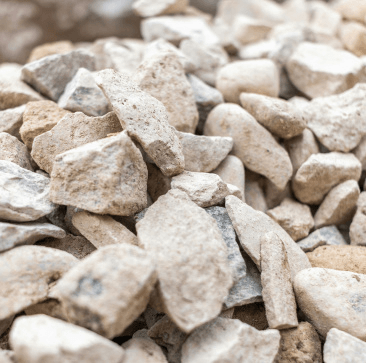
Melamine is thermally sensitive and prone to degradation; indirect steam heating prevents scorching.

Crystalline and hygroscopic; steam tube drying prevents caking and ensures uniform particle moisture.
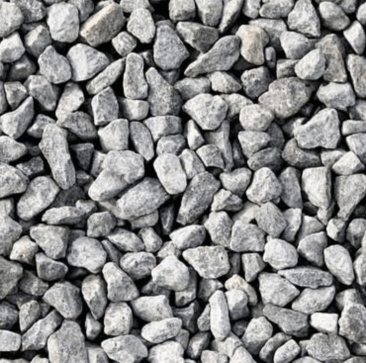
Needs gentle drying to preserve chemical structure; indirect heating avoids decomposition into soda ash.
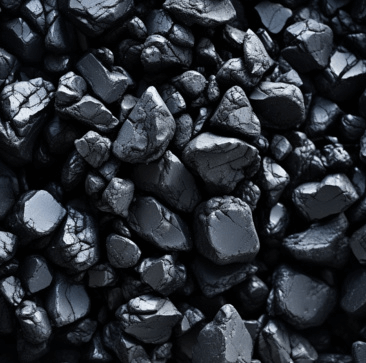
Fine powder, oxidation-sensitive; indirect drying prevents discoloration and maintains pigment quality.

Sticky and prone to dusting; steam tube dryers offer better product recovery and dust control.

Easily melts or clumps under direct heat; steam tube dryers maintain solid flowability and crystal form.
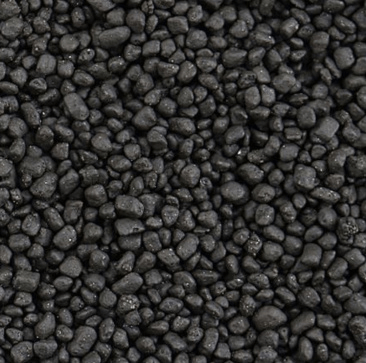
Sensitive to overheating; indirect heating preserves polymer chain integrity during drying.
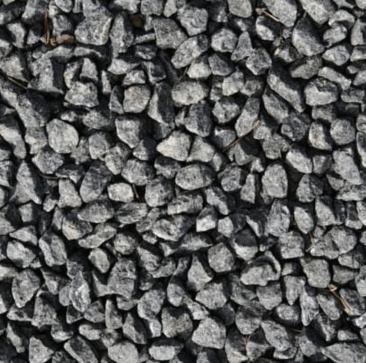
Sensitive to volatilization at high temperature; requires controlled steam heating to avoid product loss.
You can get in touch with us through the following contact information
AddressNo. 2289 Huancheng South Road, Tongxiang, Jiaxing, Zhejiang Province, China. Zip code:314500
Please fill in the sales inquiry form and our sales representatives will be in touch shortly.